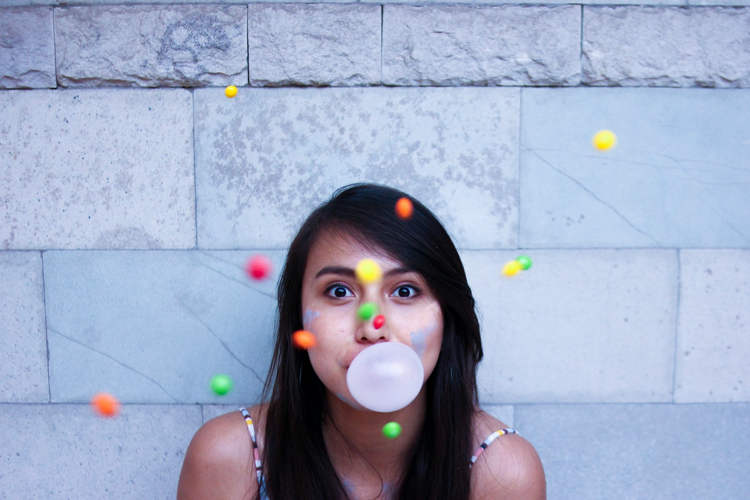‘Taxi Fabric’ is an innovative art project in Mumbai, India, that allows upcoming designers to transform the interiors of taxicabs in the city. Ten cabs have been given vibrant makeovers so far, and a Kickstarter campaign is underway to raise funds for more.
“The Taxi Fabric project is all about providing Indian designers with a unique platform to show off their work – using taxi seats as their canvas,” the campaign page reads. The designers who founded the project also hope to “show Indians the impact good design can have.”
The team added that Indian taxi drivers do pimp their cars to stand out from the competition, but the upholstery usually doesn’t get much attention. The designs are just something drivers pick up from local markets, mostly “dull and forgettable”. The Taxi Fabric project wants to change that by creating bespoke fabrics with designs that reflect Mumbai’s life and culture.
“Design can often be taken for granted in India,” the campaign page explains. “It is believed that older generations don’t understand it or recognise it as a proper profession or something worth studying; design to them just performs a function. We want to help Indian designers have their work not only be seen but also allow them to connect with members of the public who up until now perhaps haven’t understood that design can tell stories and create emotions.”
The Kickstarter campaign has surpassed its goal of raising £10,000 (approximately $15,000), which the designers will now use to transform about 20 to 25 taxis by the end of the year. That’s about one taxi a week. Each taxi will be taken off the road for one whole day to be stripped and refitted. “It takes only 2 – 4 days from receipt of final artwork to a full fitted taxi in service,” the page explained. The money will also cover the cost of sampling, travel, equipment, documentation (film and photography), and website hosting.
One of the designers, 25-year-old Pavitra Dikshit said her design – ‘Urban Garden’ – is a way of paying homage to Mumbai’s disappearing green space. “As a fast-growing metropolis, it has buildings and buildings coming up in every space,” she said. “The green color is shrinking, so I wanted my taxi to show to all the green things around you. The feet on the driver’s door are a sign of worship and keeping in touch with Mother Earth that you walk on.”
Art director Sanket Avlani’s design was inspired by Mumbai’s iconic lunchbox service, Dabbawallas. Avlani, who grew up in Mumbai and now works out of London, said that he wants to get people in India talking about design, and thinks the iconic black-and-yellow taxis are the perfect medium for that. “It’s so easy for people taking those taxis to react to those designs if the stories they tell are those that they recognise,” he said. “If even the driver gets excited about it, it’s a win-win for everybody.”
Taxi Fabric hopes to benefit not only the designers, but the taxi owners as well. “The taxi drivers have commented that they believe their customers are not only engaging with them more, but most of them also ask them about their designs featured in their taxis. Some have even told us that they are getting more fares because their taxis stand out in a way the other taxis don’t.” As for the designers, three out of the five-member team were contacted by passengers who were impressed with the designs and wanted to work with them further.
















